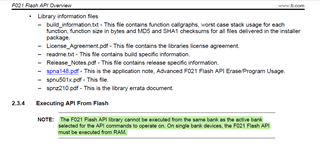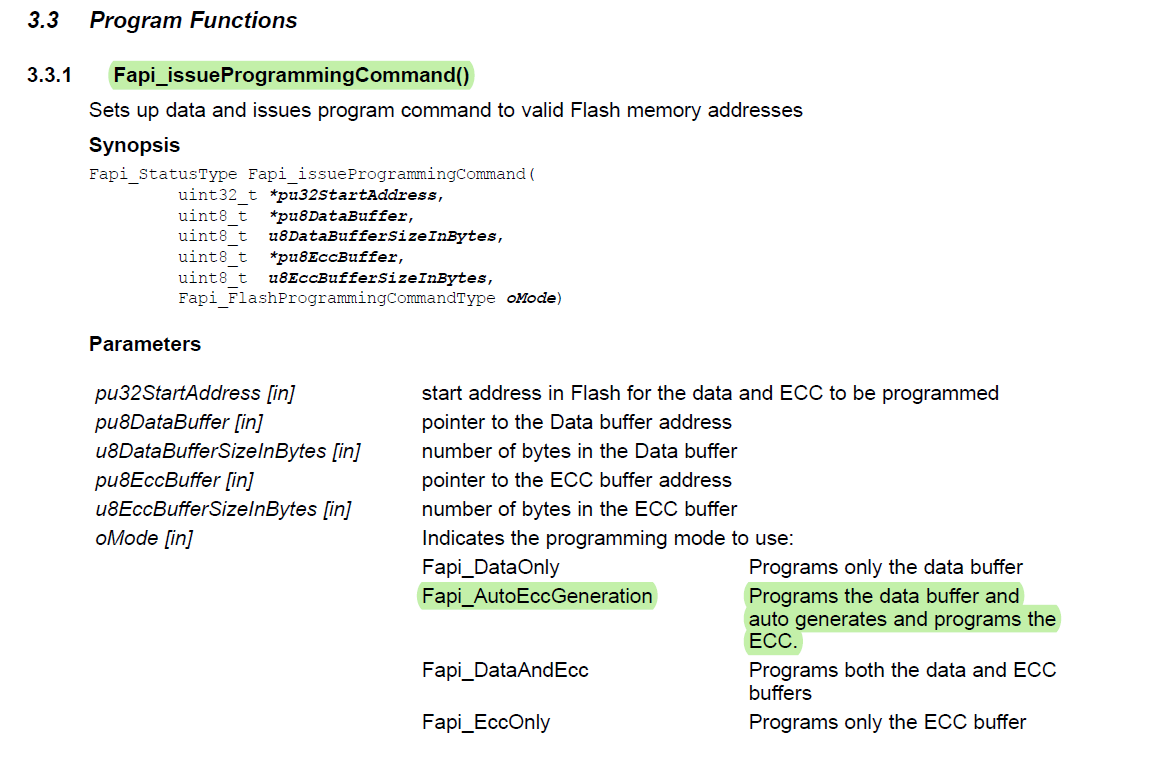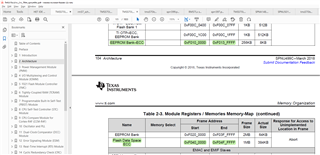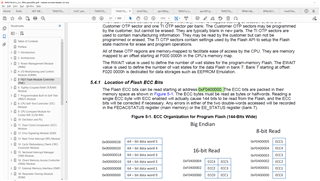Is it possible to write to Flash during runtime for TMS570LS3137 processors? I think it is available in "Flash API" but I couldn't find how and what to use.
-
Ask a related question
What is a related question?A related question is a question created from another question. When the related question is created, it will be automatically linked to the original question.





